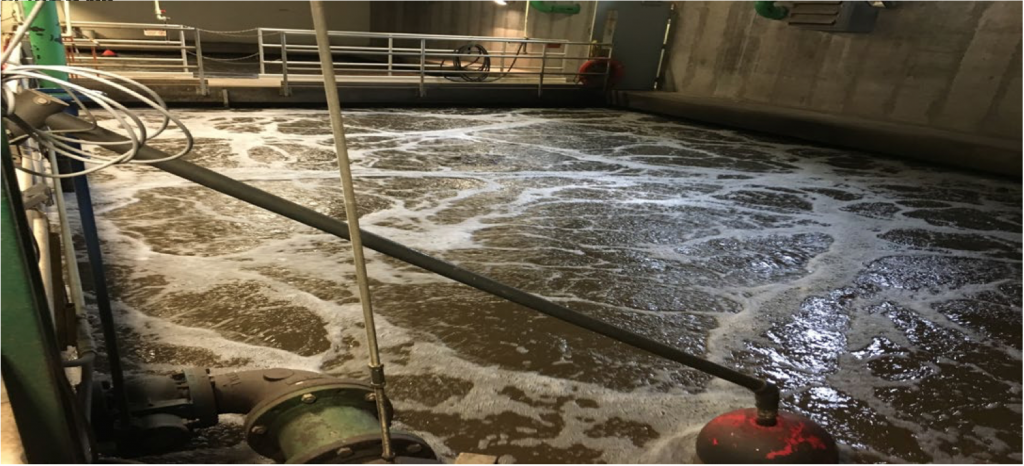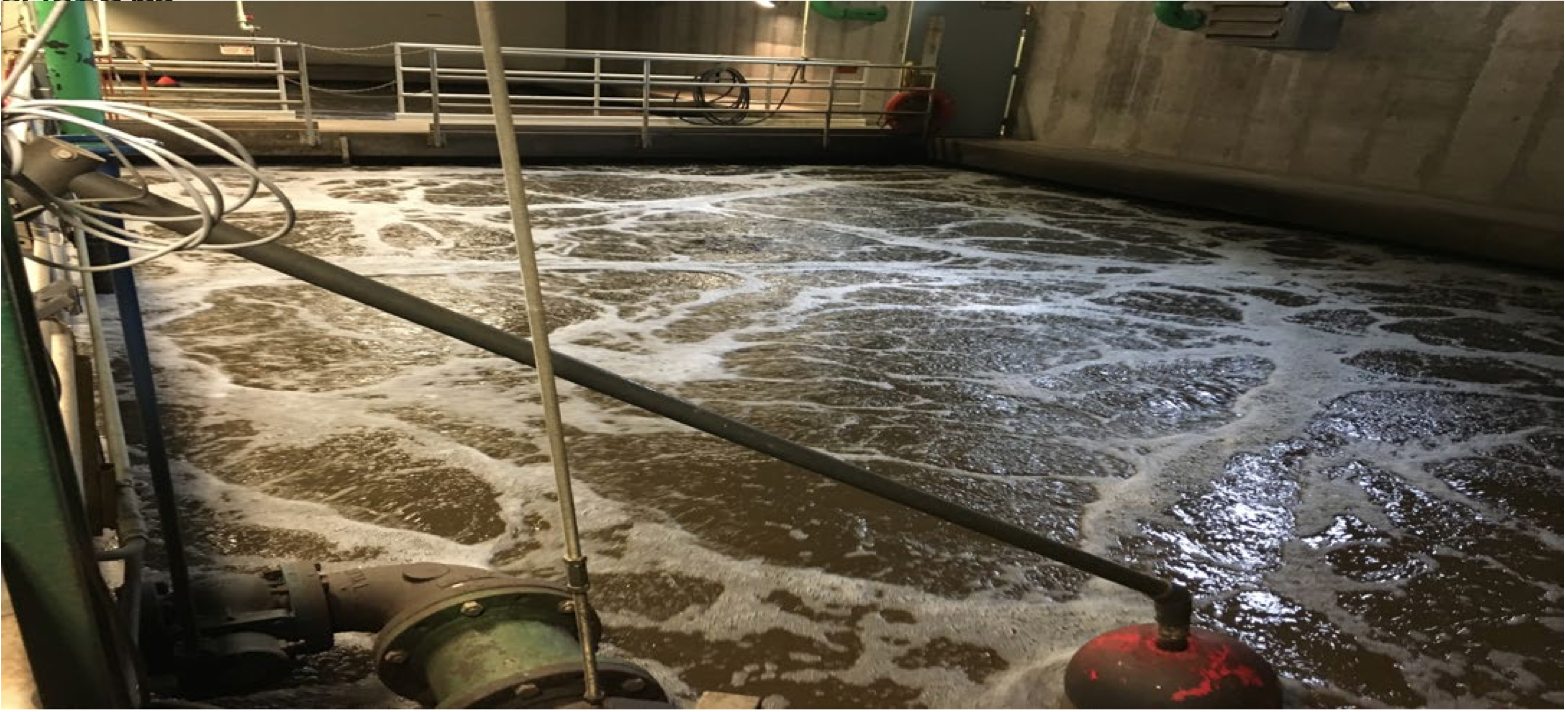Mechanical WWTP .7 MGD
Choosing an appropriate seeding method for wastewater operations can have a significant impact on biological treatment efficiency. Activated sludge is traditionally used to seed new treatment systems and supplement others that need bioaugmentation. A common issue in activated sludge systems is sludge bulking (SB), or the uncontrolled growth of filamentous bacteria (FB).1 Impacts of a bulking sludge include (but are not limited to) poor settleability, impaired biological nutrient removal, and increased facility maintenance.
Predicting whether SB will occur in a newly seeded wastewater process is difficult, because the FB in activated sludge respond differently to varying system conditions. One method to prevent bulking is to quantify the proportion of FB in activated sludge before inoculation. Previous studies have found that SB can occur in systems with a volume fraction of FB as low as 1-20%.
Even when filament forming organisms are in low abundance, they can still cause treatment issues. Bioaugmentation with a specifically designed microbial community can be a more reliable alternative to using activated sludge as seed. The following case study outlines the use of ProBiotic Scrubber® II (PBII) in a 0.7 MGD mechanical wastewater treatment plant (MWTP) to restore a healthy biomass after the plant was seeded with FB.
The wastewater from a small resort town in Colorado was processed at a mechanical plant with rotating bed contactors for nutrient removal. The plant was operating properly until a concentrated load of petroleum based toxic waste was introduced to the system.
The biological treatment was inhibited so severely by this event that the MWTP needed reseeding. To reinstate their plant biomass, the operators brought in activated sludge from a neighboring wastewater treatment facility and added several loads to the plant.
What the operators didn’t know was that they had seeded their system with FB that would cause issues in the future.
Shortly after inoculation, the plant was having troubles with foaming, solids settling, and continuously clogged filters. Facility personnel were scheduled around the clock just to keep up with backwashing the filters. After examining a mixed liquor sample from the plant, the head operator realized that FB accumulated in the reactor and were preventing solids and nutrient reduction from occurring.
They needed to decrease the abundance of these organisms to resume proper wastewater processing. The facility management contacted BioLynceus® to provide a bioaugmentation plan to reinstate a healthy biological community in the treatment system.

Figure 1. MWTF aeration basin after the PBII treatment with regular foam development.
BioLynceus® PBII was supplied to the aeration tank of the 0.7 MGD system. Twenty-four hours after PBII was applied, nitrification was restored in the basin. Suspended solids were gradually reduced in the plant effluent over several weeks. This indicated that the biology in the facility was shifting to a more desirable composition; one that was allowing settling to occur.
Foaming was also reduced in the aeration basin to normal amounts (Figure 1). The operators were relieved to see such an improvement in their biological treatment, because they had to meet stringent NPDES permit limits to discharge into the Blue River.
After treating the MWTP with PBII, the system established a better settling and more equipped biomass for processing influent waster. The facility now keeps PBII on hand to restart the plant instead of hauling activated sludge.
BioLynceus® ProBiotic Scrubber® II is an effective seed for restarting MWTPs.
1 Jenkins, D., Richard, M.G., Daigger, G.T., 2003. Manual on the Causes and Control of Activated Sludge Bulking, Foaming, and Other Solids Separation Problems. Lewis Publishers, Boca Raton, FL.
https://www.crcpress.com/Manual-on-the-Causes-and-Control-of-Activated-Sludge-Bulking-Foaming/Jenkins-Richard-Daigger/p/book/9781566706476
2 Krhutkova O, Ruzickova I, Wanner J. Microbial evaluation of activated sludge and filamentous population at eight Czech nutrient removal activated sludge plants during year 2000. Water Sci Technol 2002;46(1/2):471–8.
https://www.ncbi.nlm.nih.gov/pubmed/12216670
3 Palm JC, Jenkins D, Parker DS. Relationship between organic loading, dissolved oxygen concentration and sludge settleability in the completely mixed activated sludge process. J Water Pollut Control Fed 1980;52:2484–506.
https://www.jstor.org/stable/pdf/25040913.pdf?seq=1


